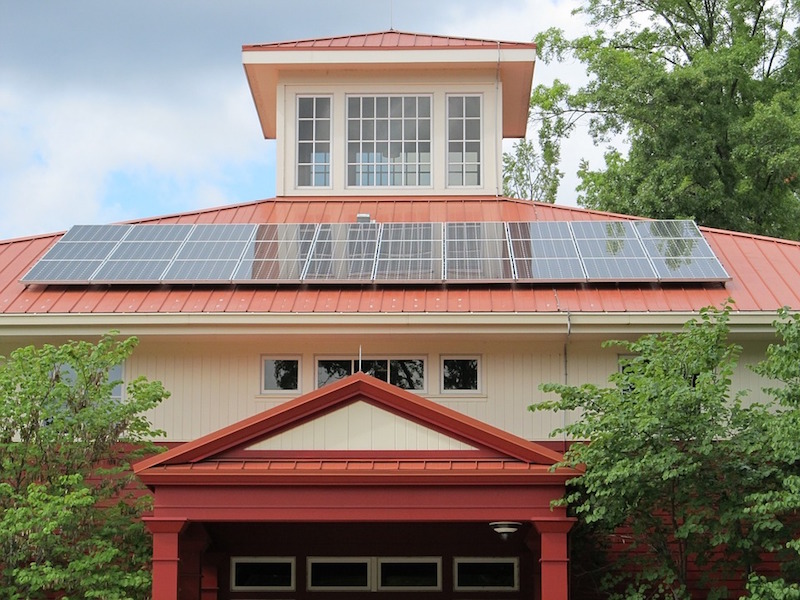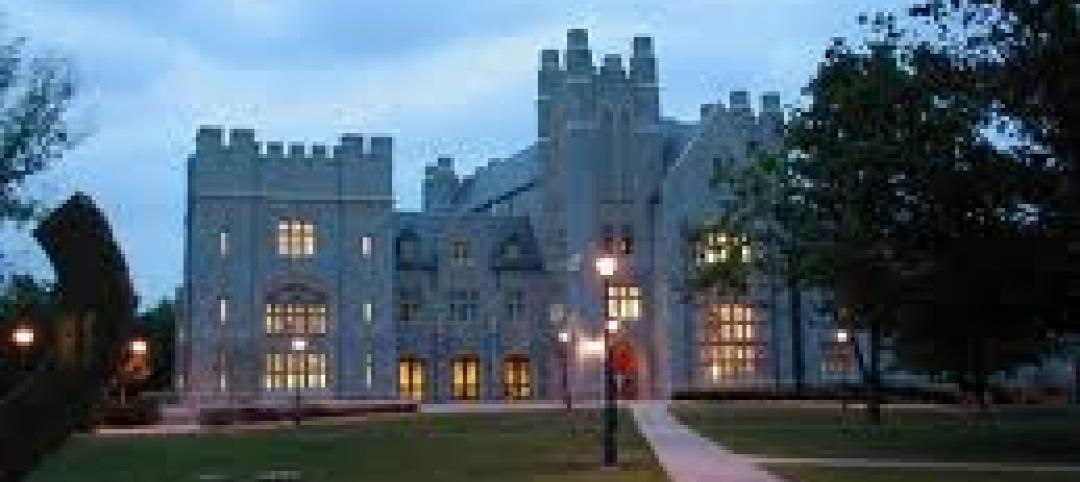Green leases, also called energy-aligned leases, have been gaining more adherents since they were introduced to the market about 10 years ago.
They are effective tools to ensure that both landlords and tenants benefit from energy and water efficiency building upgrades. Traditional leases tend to create disincentives for landlords and tenants to invest in more efficient systems and equipment.
For example, the financial savings from lower operating costs in a net-leased building go to the tenant while the landlord pays the capital costs for improvements. And, in buildings with a full-service lease structure, the landlord has incentive to keep energy costs down, but the tenant is not penalized for wasteful energy consumption.
Owners who have successfully implemented green lease programs have shared the costs of energy-saving improvements; ensured tenants build out to green standards; increased transparency by sharing access to energy consumption data and ENERGY STAR scores between tenants and landlords; and encouraged cooperation on environmental initiatives, such as recycling.
Related Stories
| Feb 8, 2012
OSHA offers free health and safety consulting for small businesses
The consultants offer confidential, non-punitive advice.
| Feb 8, 2012
Controversy over pay for prisoners on roofing job in Michigan
The disagreement was over whether the prisoners should have been paid prevailing wage for their brief time on the job because the project was paid for with a U.S. Department of Energy grant.
| Jan 30, 2012
ZigBee and ISO 50001: Two new standards to make buildings greener
These developments demonstrate the dynamic nature of the market and the continued need for development of program standards of many different types that help builders and owners translate high performance and sustainable buildings goals into practical measures on the ground.
| Jan 30, 2012
New firm-fixed-price rules on federal contracts impact construction industry
Contractors will need to be on the lookout for policies such as the Contractor Accountability for Quality clause.
| Jan 30, 2012
Roofer’s fatal plunge demonstrates need for fall-prevention regulations
“The biggest problem is getting our workers to use the equipment,” says Michael J. Florio, executive director of the organization.
| Jan 26, 2012
Tampa moves to streamlined online permitting system
The system will replace an inefficient patchwork of old software and is designed to provide businesses, homeowners, and contractors with online access to permitting and licensing information.
| Jan 26, 2012
EPA to collect more data, seek comments before finalizing mud rule
The EPA says it will seek more data and is accepting comments until March 5.
| Jan 26, 2012
Industry challenges Connecticut's suit over defective construction work
The dispute arose over multimillion-dollar leaks at the University of Connecticut's law library.
















